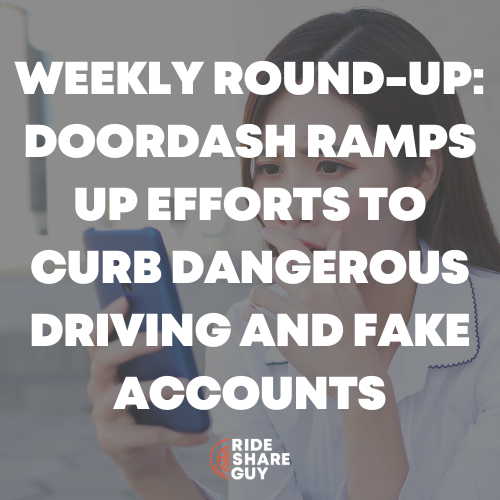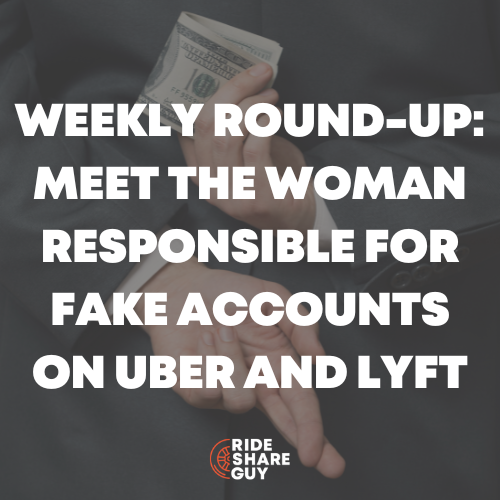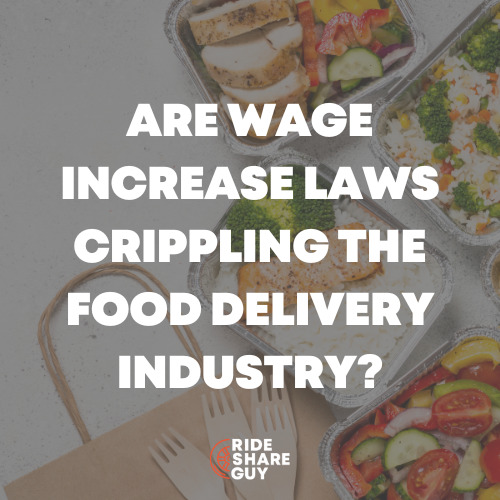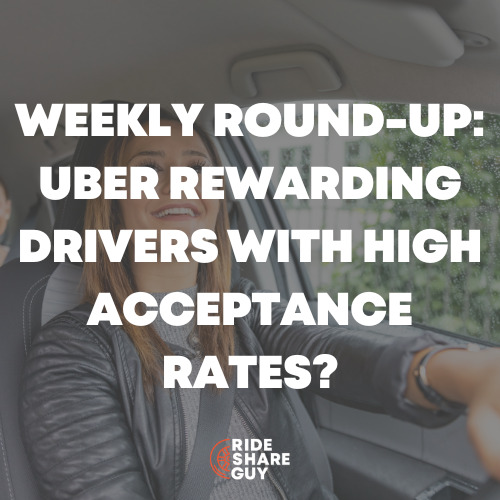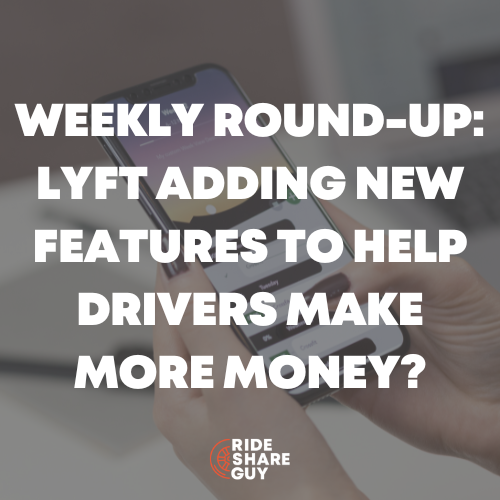New York City boasts the most electric vehicles being used for rideshare, helping move the platforms toward their zero emissions goals. Meanwhile, Waymo’s robotaxi expansion plan is put on hold in California.
Also, DoorDash shares some exciting data, Uber Eats sets robots loose in Japan, and did the recent protest do anything?
Join RSG Contributor Paula Lemar as she breaks down the top headlines in this week’s rideshare news.
New York Is The First U.S. City With 10,000 Electric Uber, Lyft And Rideshare Cars
Topic Originally Appeared On Inside EVs
Summary
New York City is undergoing somewhat of a rideshare revolution. In a span of a few months, the number of battery-electric rideshare vehicles on the city’s streets has quintupled.
About a year ago, city dwellers were riding in about 2,000 electric Uber and Lyft cars, but now that number has soared to over 10,000 BEVs, InsideEVs learned through Revel and verified through NYC Open Data.
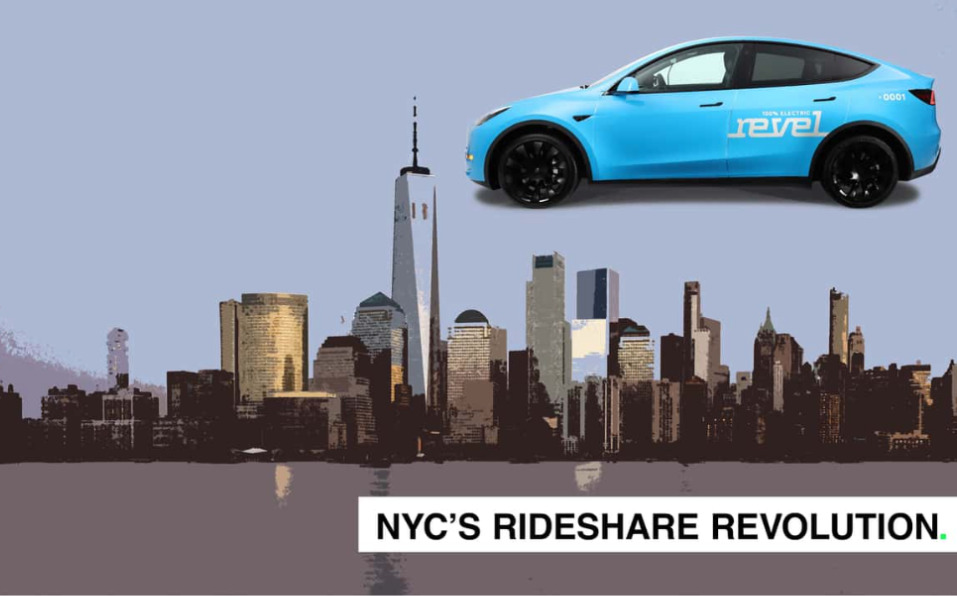
Almost 10% percent of the total fleet, including the Uber and Lyft cars, is now electric. Hybrids comprise 14% of the fleet, while the rest are gas cars.
This influx of thousands of additional cars further exacerbates the already congested streets of the city. And even though there are plans to build out dozens of additional chargers, the current charging network is likely to become overburdened.
My Take
Both Uber and Lyft have lofty goals of zero emissions by 2040. See our coverage here. Along with the emissions goals goes the goal to have all drivers using EVs: Uber and Lyft Make Strides Toward EV Transition.
With these goals in mind, they’ve hit some snags along the way with the cost of EVs and drivers just not wanting to make the change unless the incentives are high enough. So, to see that they are making strides in NYC is encouraging for their overall goals.
But even so, NYC is only at 10% of the fleet using EVs versus gas or hybrid options. That’s still a long way to go, with only 16 years to meet the zero emissions goal by 2040.
It sounds like NYC is working hard to make the city more EV-friendly by getting enough charging stations. Plus, they have mandated that all new for-hire vehicles be electric. These are definite steps in the right direction.
Waymo’s Robotaxi Expansion Plans In California Put On Hold By Regulators
Topic Originally Appeared On The Verge
Summary
Waymo’s plan to expand its robotaxi service in Los Angeles and communities south of San Francisco has been put on hold by state regulators.
The move follows several incidents involving the Alphabet-owned company’s driverless vehicles, including one in which an autonomous Waymo vehicle struck a cyclist, causing minor injuries.
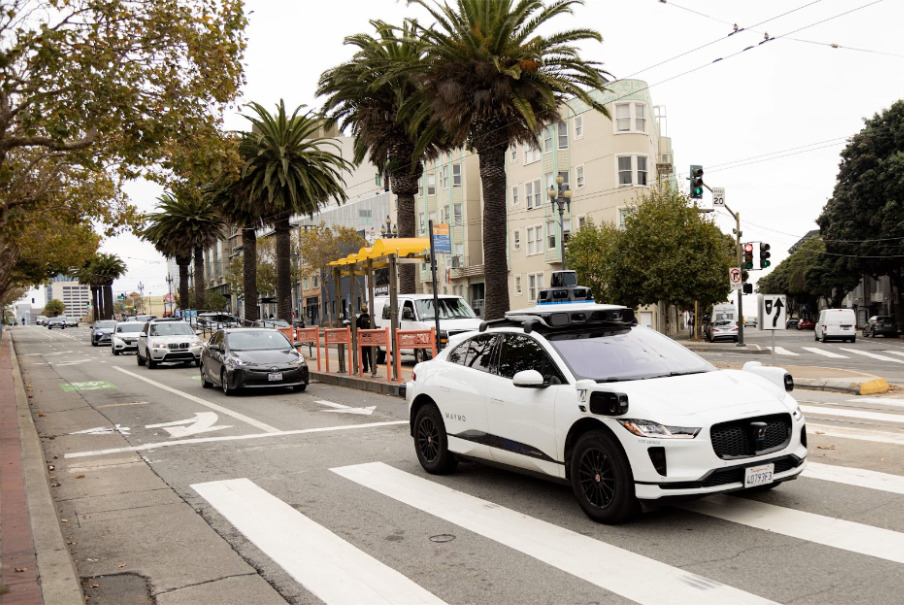
The California Public Utilities Commission (CPUC), which voted in favor of allowing robotaxi companies to operate 24/7 last summer, put a hold on Waymo’s application for expanded service “for further staff review,” according to the agency’s website.
The hold is set to expire on June 19th, 2024 — 115 days from today.
The suspension does not affect the company’s ability to operate in its current service area, which includes most of San Francisco, as well as a portion of Los Angeles.
But it does give regulators more time to assess Waymo’s plans to grow in the state, especially as local jurisdictions raise concerns about safety.
My Take
We covered Waymo recently for some incidents that were scary, such as a couple being stuck in their Waymo without any way of making the vehicle move and without it being safe for them to leave.
There was also a Waymo vehicle that was vandalized and set on fire. Others have gotten into accidents, one even striking a cyclist.
With that kind of recent news coverage, it’s not surprising that California regulators are putting Waymo on hold.
As the article stated, Waymo is still allowed to service San Francisco and parts of Los Angeles, but they won’t be able to expand until the hold is up in June or until the regulators make a final decision.
DoorDash Says Data Shows Seattle Pay Rules Have Caused ‘Unprecedented Drop’ In Business
Topic Originally Appeared On Fox Business
Summary
New data from DoorDash shows a stark decline in delivery orders placed in Seattle after the city council’s minimum payment law for app-based workers took effect last month.
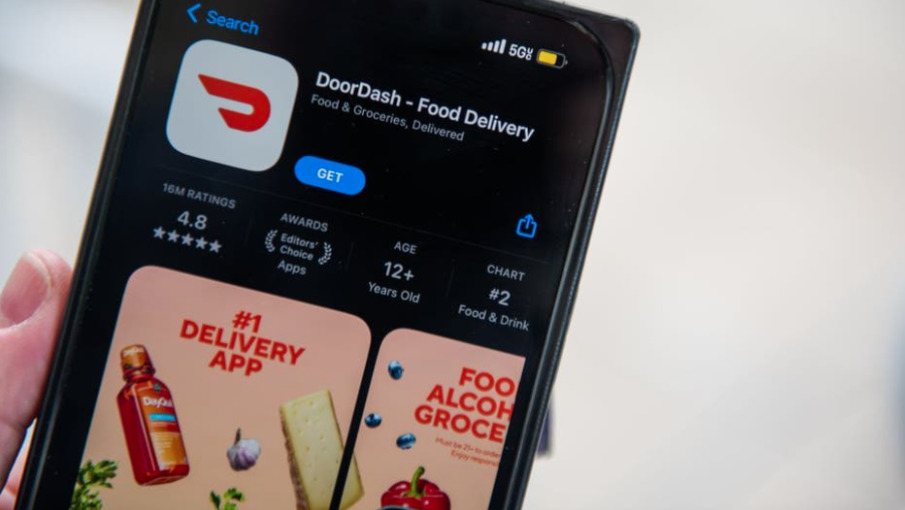
The Seattle City Council’s ordinance requires that app companies that employ “gig workers” as independent contractors must pay the greater of a minimum per-minute amount of $0.44 and a minimum per-mile amount of $0.74, or a minimum per-offer amount of $5.
In response to the law, DoorDash attached a flat service fee of $5 per order to bring the hourly compensation for workers making deliveries to $26.40 before tips plus mileage – well above Seattle’s minimum wage of $19.97 an hour.
While the company’s “Dashers” make more while making deliveries, that comes at the cost of order volume, according to DoorDash.
My Take
It’s not surprising that DoorDash, or any platform for that matter, would set forth this “proof” that a minimum wage is hurting business.
I put “proof” in quotes because, so far, at least, they are the only ones showing this kind of data. And it was only effective last month. There’s always likely to be a dip for the first month or two, and then things should even out over the long run.
One month of data is not enough to definitively say that this is bad for DoorDash. It just shows that for one month, they had a lower volume of orders.
So, let’s give it a few more months, at least, before we jump to conclusions.
Uber Eats To Begin Self-Driving Robot Deliveries In Japan
Topic Originally Appeared On CNBC
Summary
Uber announced Tuesday that its Uber Eats business is partnering with Mitsubishi Electric and delivery robotics company Cartken to begin transporting food using self-driving robots in Japan.
The sidewalk robot deliveries are set to start by the end of March in a select area of Tokyo, according to the companies. Uber Eats said Japan will be the first international site of its autonomous delivery operations, which have so far been limited to a few cities in the United States.
Cartken was founded in Oakland, California, in 2019 by former Google employees.
Its “Model C” robot, which uses artificial intelligence to navigate its surroundings and can approach human walking speed, will make up the fleet of robot couriers in Japan. Mitsubishi Electric will supervise the operations, the companies said.
My Take
It’s interesting to me that Uber Eats is expanding this kind of service. You see things here and there where robots get stuck or have issues, so it’s surprising to me that they would expand this service before all the kinks are worked out of the system.
But since they are paired with a different robotics company, maybe they have better abilities than in the U.S.
Did The Uber/Lyft Strike/Protest Do Anything? Show Me The Money Club
Topic Originally Appeared On YouTube
Summary
On today’s show, Sergio and Chris are talking with special guest Bryant Greening of LegalRideshare.
Other topics Sergio and Chris will also be talking about are:
- How the Valentine’s Day strike/protest effective
- Lyft announces it’s fixing support
- Uber not sending cancel emails/notifications
- Lyft SHAVING 25% of upfront fares for minor changes in distance/time
- HIGHEST paid Uber/Lyft driver in the country
- Fake Uber/DoorDash account issue getting media attention
- and some funnies.
My Take
On their most recent episode of Show Me The Money Club, Chris and Sergio talked about the Uber/Lyft strike that took place on Valentine’s Day. So, was it successful? Here’s a snippet of what they said and some responses.
There were several protests across the country. And there were 15,000 views of a live broadcast at the Uber building.
Sergio admitted that it wouldn’t make a difference to Uber and Lyft’s liquidity for the day, but the news spread quickly and was picked up by major news outlets, giving this protest more visibility than others have in the past. It kept the protest in the news and in front of the readers.
One commenter said, “Yes it worked it had great media coverage and set the stage for more protest in the future months until we get our pay raise. Some people are suggesting a 7 day protest for the next one because Uber and Lyft are saying that this one didn’t do anything to them.”
Another commenter agreed, “Yes it was successful because it brought awareness to the situation. It started the conversation. Great New Media coverage and I’m sure the CEO’s of Uber, Lyft and doordash were paying attention.
They know their drivers are not happy and hopefully they take this seriously to make changes or they may lose their business.”
Must Listen Or Watch RSG Content
Here are this week’s featured podcast episode and YouTube videos:
- RSG253: Getting Gig Workers Insurance/Benefits With GigEasy
- How To Make $1000 PER WEEK Delivering DoorDash!
- Uber Pro Cash Rewards WARNING
- Uber Eats: Longer VS Short Milage Orders (Which Is Better?)
- Make sure you Subscribe so you don’t miss out on future conversations and interviews!
